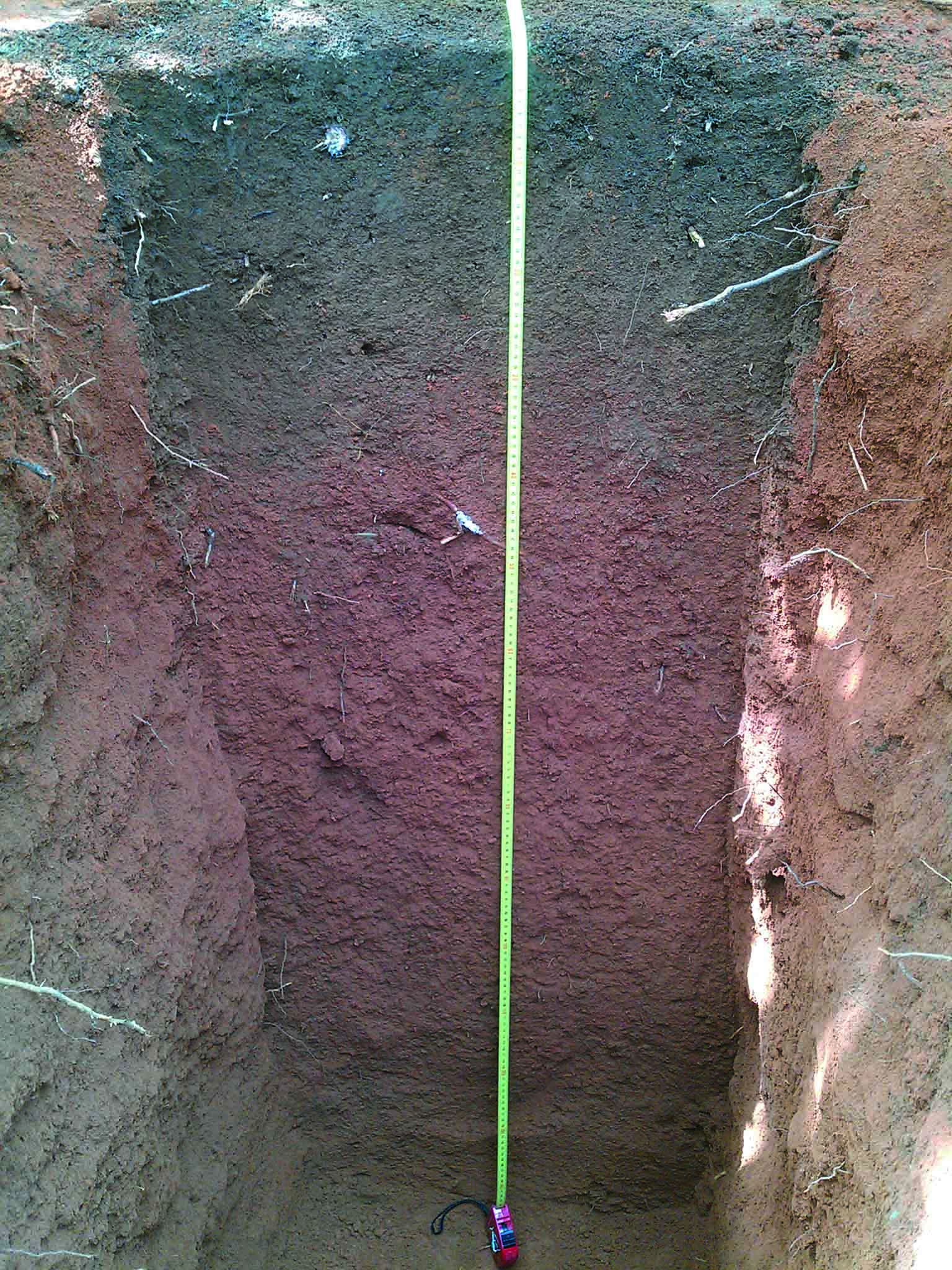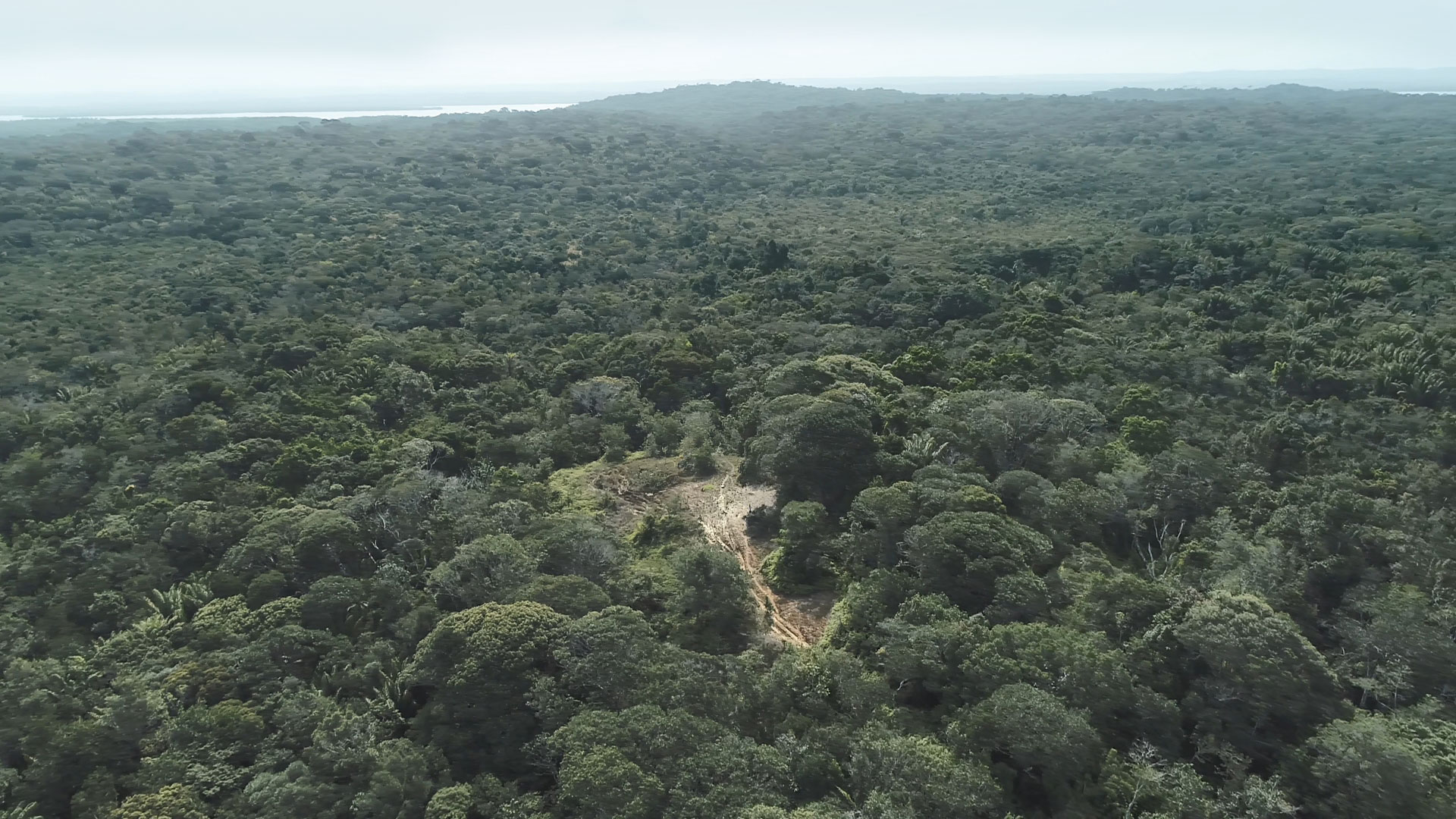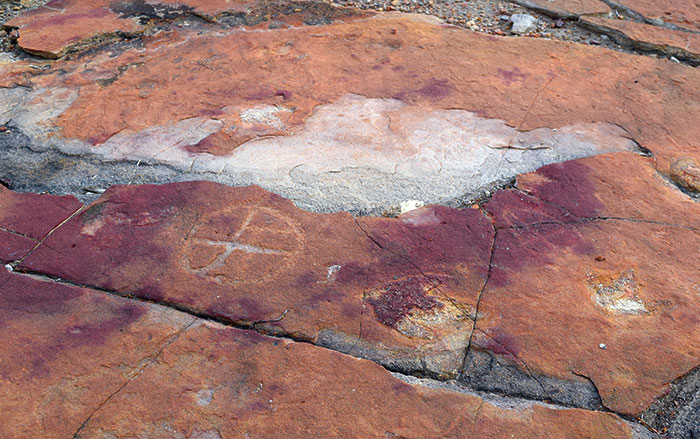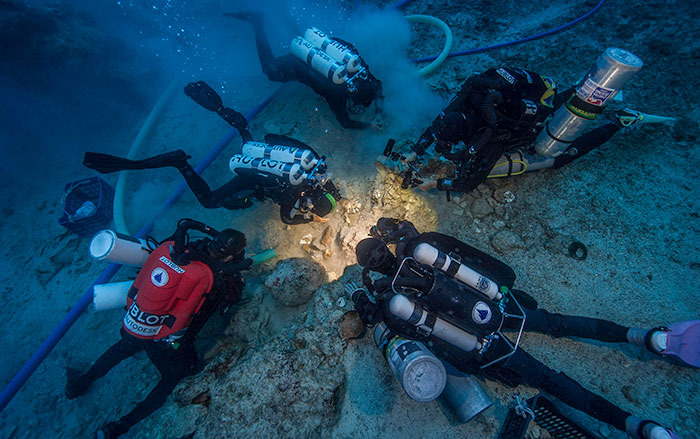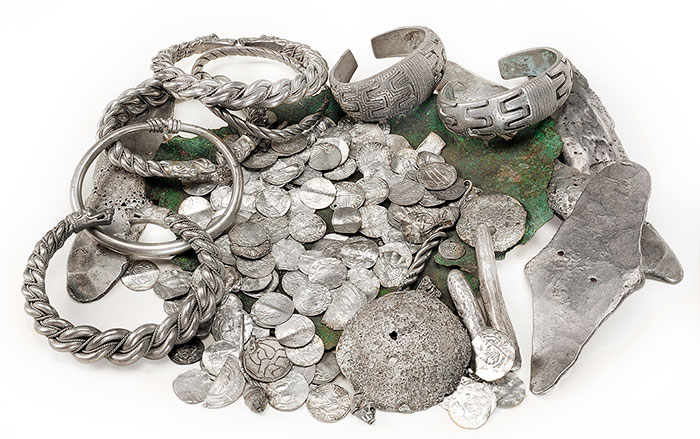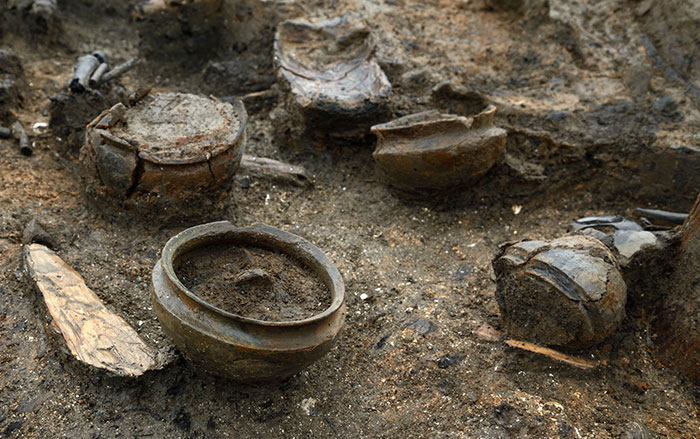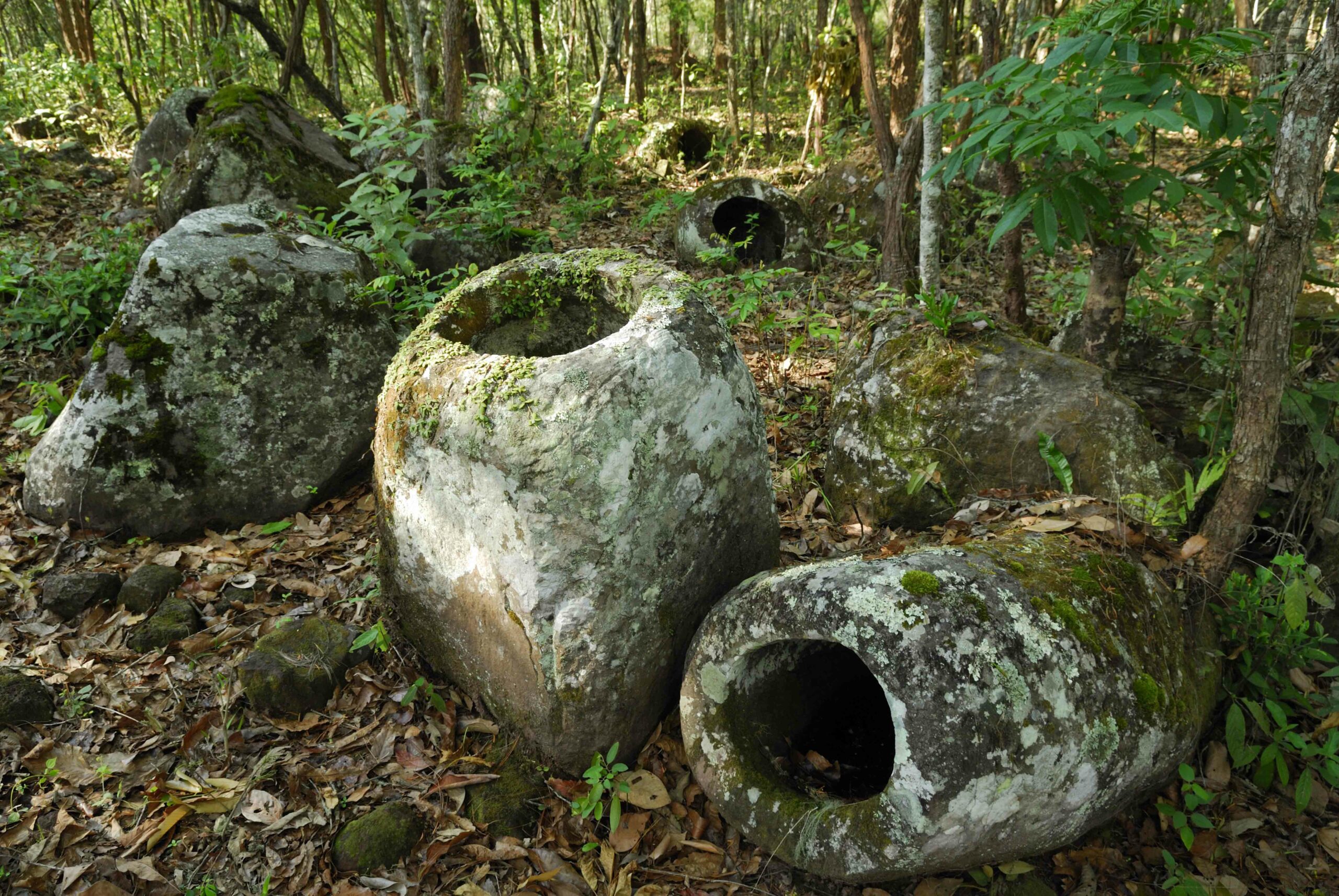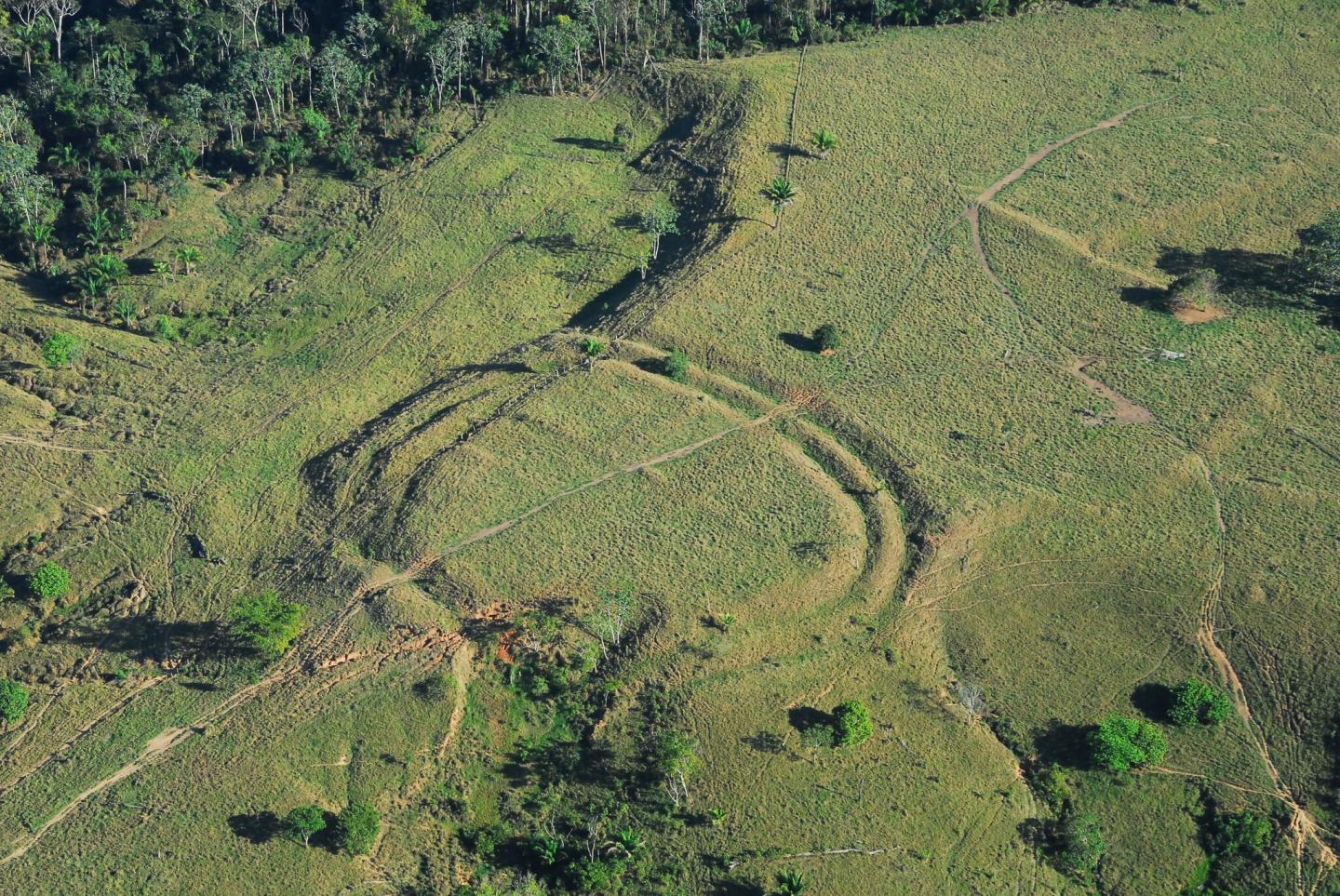
EXETER, ENGLAND—Live Science reports that archaeologist Jenny Watling, now of the University of São Paulo, and her colleagues collected soil samples from two geoglyph sites in far western Brazil and analyzed them for charcoal, carbon isotopes, and phytoliths. The results of the investigation suggest that the forest had been dominated by bamboo until about 4,000 years ago, when humans are thought to have set fires to clear the vegetation. The fires are represented by layers of charcoal. At this point, palm trees, which grow quickly in cleared areas and provide food and building material, became more common. Palm trees remained plentiful for about 3,000 years, suggesting that humans were managing the land, until about 650 years ago, when other larger trees became more common. Watling explained that even the oldest of the hundreds of geoglyphs in the Amazon were probably built in a landscape that had already been shaped by human intervention. She added that although no evidence of settlements has been found near the earthworks, traces of maize and squash crops have been discovered, in addition to smashed pots uncovered near the entrances to some of the geoglyphs. She thinks that people might have gathered food at the sites and used them for rituals during harvest seasons. For more, go to “An Overlooked Inca Wonder.”


